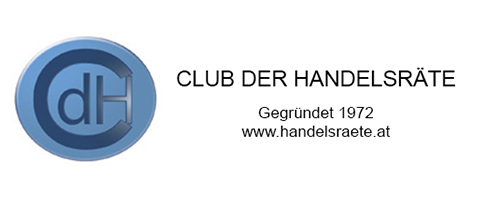Klosterneuburg
CdH half-day excursion Klosterneuburg Monastery and Institute of Science and Technology Austria (IST Austria), one of Austria's most innovative research institutions in life sciences, physics, math and computer sciences, training the next generation of scientists.
IST Austria
Located in Klosterneuburg on the outskirts of Vienna, IST Austria, is a young international institute dedicated to basic research and graduate education. Managing Director Georg Schneider gave a warm welcome to our CdH members and an overview about the structure and goals of IST Austria, followed by Lisa Cichocki, responsible for Marketing &Communications and Markus Wanko, Head of Technology Transfer, giving more detailed insights into the university?s history and current activities.
Established jointly by the federal government of Austria and the provincial government of Lower Austria, the Institute was inaugurated in 2009, financed by public and private funds. IST Austria is an interdisciplinary research institution that aims to break down the traditional boundaries between disciplines. The focus is currently on basic research in the physical sciences, the formal sciences, and the life sciences.
IST Austria offers an attractive environment for excellent scientists from all over the world and chooses its scientific fields on the basis of the availability of outstanding researchers. It will only enter into fields in which it can compete with the best. IST pursues an active policy of exploiting intellectual property when possible.
In order to foster inter- and multidisciplinary research as well as interaction between scientists, they are not organized into departments but into independent research groups. Each group is led by a professor or assistant professor. About 45 research groups are working on campus, more than 40 professors and 324 scientists (as of December 31 2016). The planned campus development will allow a growth of up to 90 -100 research groups by 2026.
Heisenberg Group at IST Austria
As one example for the unique research topics and methods, the trade delegates visited the lab of Professor Carl-Philipp Heisenberg, who studies the molecular and cellular mechanisms by which vertebrate embryos take shape. To obtain insights into critical processes in vertebrate morphogenesis, the Heisenberg group focuses on gastrulation movements in zebrafish. Zebrafish is an ideal organism to study gastrulation movements as embryos develop outside of the mother and are easily accessible for both experimental and genetic manipulations. The Heisenberg group uses a multi-disciplinary approach employing a combination of genetic, cell biological, biochemical and biophysical techniques, using Zebrafisch as a model.
Klosterneuburg Monastery
Prior to the visit at IST Austria the trade delegates had a monastery tour at Stift Klosterneuburg, as well as a presentation of Mr. Andreas Gahleitner, Business Director Klosterneuburg Monastery.
According to the legend, Margrave Leopold III founded Klosterneuburg Monastery at the place where he found the veil of his wife Agnes, which had been seized by a gust of wind on the day of their wedding. In an eventful history spanning nine centuries, Klosterneuburg Monastery has developed into a religious, pastoral, scientific, cultural and economic centre.
The monastery at Klosterneuburg doesn?t only fulfill a variety of religious, social and cultural tasks, it is also important to the economy of Lower Austria. The four main fields of the monastery's business enterprises are farming and forestry, real-estate management, culture and tourism as well as operations and preservation.
The business enterprises employ around 200 people and are organized into a variety of commercial operations: e.g. the letting of around 700 apartments, offices and commercial properties with a total area of 87,000 m² in 73 buildings in Vienna and Lower Austria, around 4,000 tenancy contracts for properties in the Vienna region as well as in Klosterneuburg and some other municipalities in Lower Austria. Among other things, the monastery has the largest wine-growing estate in Austria and with its underground biomass heating plant also supplies power to municipal facilities in Klosterneuburg.
The monastery's business enterprises generate a turnover of around 30 million euros a year with at least 10% of profits being earmarked for social tasks, spent on social work.








